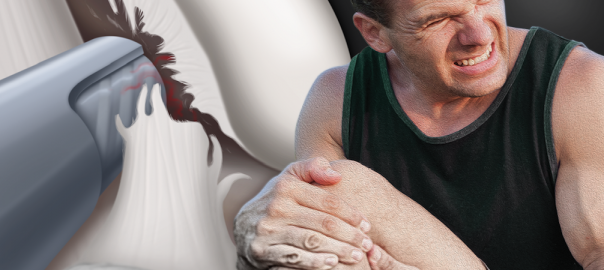[vc_row 0=””][vc_column][vc_column_text 0=””]Ahhhhh Mud Season: we hang up our skis and start our summer recreational pursuits (weather permitting).
Unfortunately this time of year we have particular vulnerability to sports injuries. Contributing factors include lack of sport specific conditioning and flexibility, nagging injuries, worn or overused equipment, and suboptimal weather/surface conditions.
Now is a great time to rest old injuries. I recommend relative rest until there is no pain with activity, full range of motion and normal strength are achieved, and an eager, committed attitude is regained.
Next, turn attend to early season conditioning. Don’t forget to warm up. Warming up increases blood flow, oxygenation of muscle, mechanical efficiency, range of motion, nerve impulse speed and nerve receptor sensitivity. It also improves mental focus. Start by working large muscle groups then turn attention to more sport specific areas. Consider stretching after a warm up and after activity during cool downs. Stretch gently to the point of tension (not pain) and hold stretches for 15-30 seconds. Don’t bounce into a greater range of motion.
Build gradually into your planned aerobic and strength training regimens. It can take up to 6 weeks to condition soft tissues such as ligaments and tendons to accommodate the rigors of a new activity. This less intense phase is a good time to incorporate proprioceptive challenges to enhance the connection between the musculo-tendenous structures and the central nervous systems balance control center. After this adaptation, you can begin a periodization schedule: think hard, harder, hardest, rest. In the early season 5 % weekly increases in distance and intensity are reasonable.
Allow for recovery. 10-15 minute cool downs, whirl-pool therapy, and massage enhance
muscle relaxation, and can improve soft tissue adaptation and flexibility. Don’t underestimate the importance of adequate sleep and good nutrition.
Review the condition of your equipment. Over-worn shoes and gloves contribute to injury.
Make sure helmets and other protective equipment fits properly and functions well.
Finally, be prepared for the environment. “Unexpected” ice, mud, snow, cold and heat can
contribute to early season injury that affects the remaining season.
Set some goals, and get out there! See you on the trails.
[/vc_column_text][/vc_column][/vc_row]

